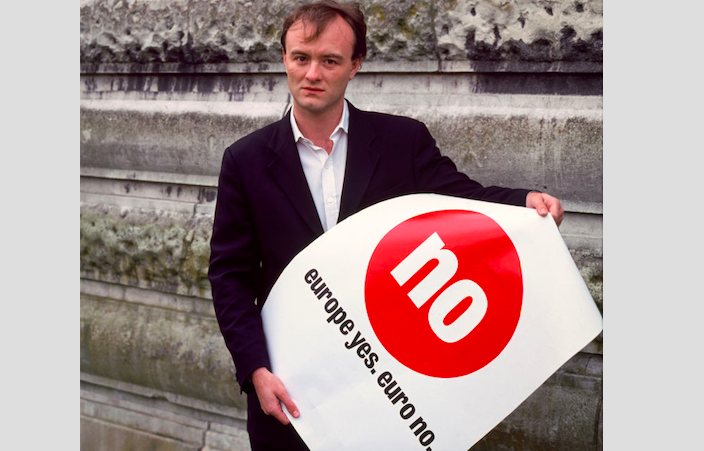Twenty years ago, the most that British eurosceptics could hope for was that we wouldn’t join the single currency.
The battle to save the pound was eventually won, of course — but how long before we have to fight it again?
This time the threat doesn’t come from Europe, but from technology. With more and more of our money going digital, a point will come at which cash goes the same way as the chequebook.
But so what? Most of our money supply went electronic decades ago. That didn’t alter the fact that our monetary system is governed by policies decided here in the United Kingdom. Going completely cashless won’t change this either.
Still, the end of cash will have other consequences. These are explored by Mike Orcutt in a must-read briefing for MIT Technology Review.
Physical currency allows for greater privacy than most forms of electronic money because it doesn’t automatically generate a record of who spends it and for what purpose. Also, if you’ve got cash, you don’t need anyone’s permission to use it — unlike a bank account, you can’t be locked out of the pound in your pocket.
Orcutt points to another key difference:
In theory, any government worth trusting stands behind its banks. But it doesn’t always work out that way — just ask the people of Cyprus.
Therefore the money in your current account isn’t quite the same as the money in your piggy bank. Our national sovereignty needn’t be diminished by the end of cash, but our personal autonomy is another matter.
However, there’s a chance that we could go cashless without having to rely wholly on our bank accounts. This would require an electronic form of money with the properties of cash — i.e. akin to a cryptocurrency, but issued by governments. In fact, the Swedish government is already working on an e-krona project.
I don’t know if our own government has plans for an e-pound, but I bet you an e-tenner that Dominic Cummings would love the idea.











Join the discussion
Join like minded readers that support our journalism by becoming a paid subscriber
To join the discussion in the comments, become a paid subscriber.
Join like minded readers that support our journalism, read unlimited articles and enjoy other subscriber-only benefits.
Subscribe